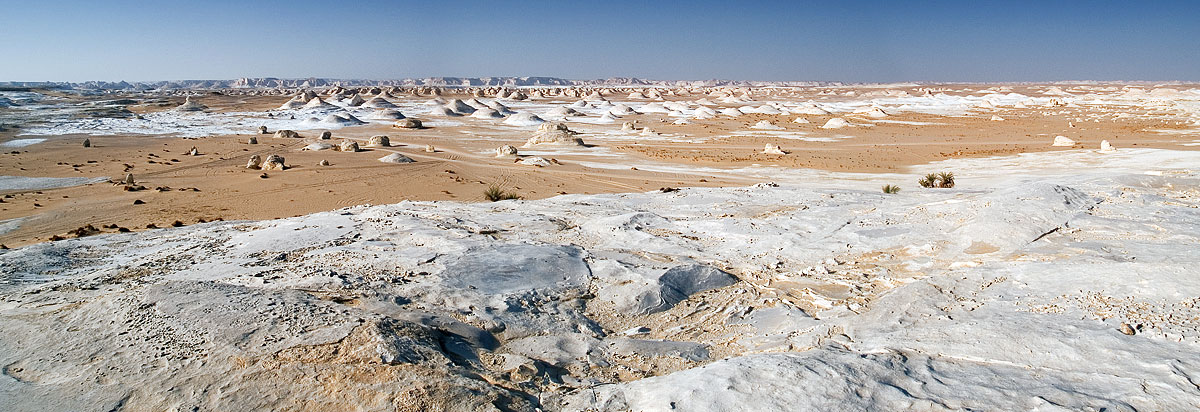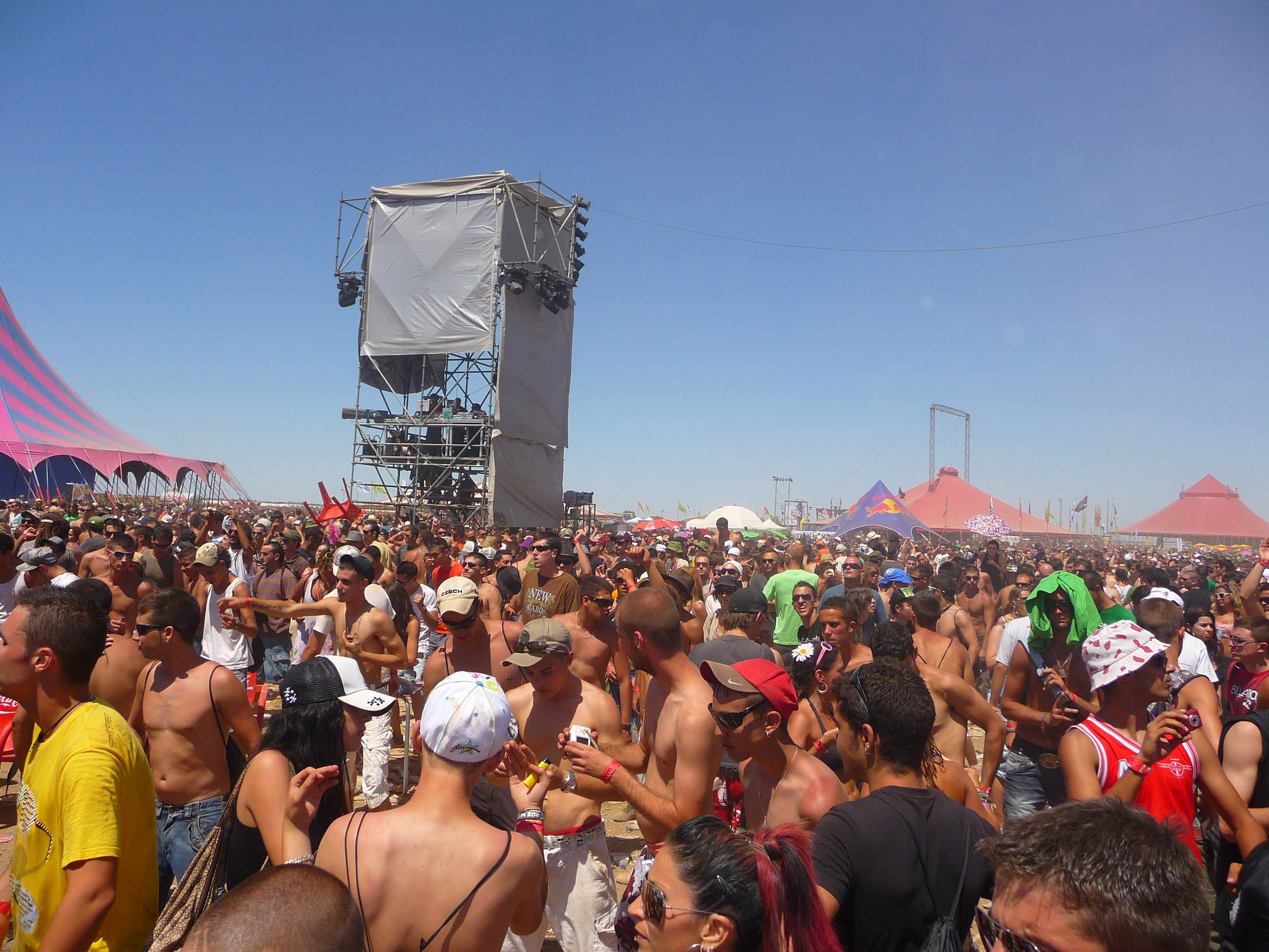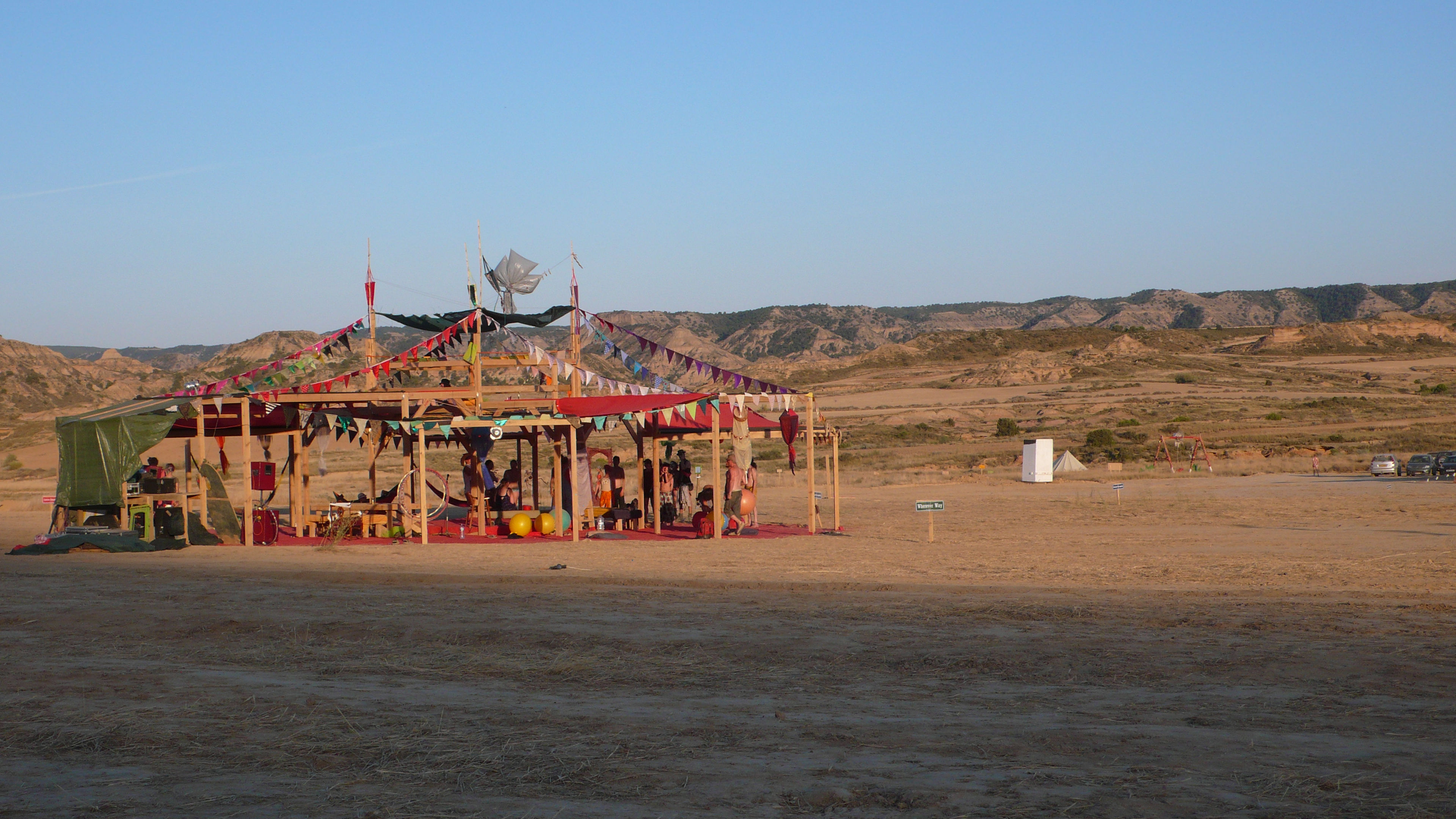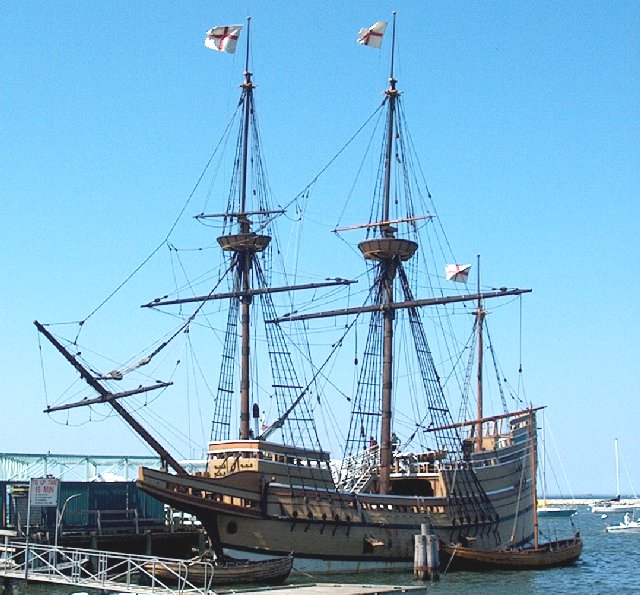http://commons.wikimedia.org/wiki/File:Egypt_White_Desert_The_Mushroom.jpg

http://en.wikipedia.org/wiki/Farafra,_Egypt
Kyzyl Kum, Kazakhstan and Uzbekistan
This region in West Central Asia (beneath Russia and to the East of Turkey) features characteristic plains, triangular shaped sand dunes, and pastures for the desert animals that live here (i.e. Saiga Antelope, Wild Board, and Sheep). There are oasis towns built out of mud brick/sand from the area (judging by the pictures) and gold has been mined in the region before. Yurts (small, conical animal-skin tents that are used by the native nomads) are present sporadically, and in one picture I found, there was an electric wire going across one of them! It’s amazing how these remote areas can still receive electric and other modern amenities while they are in the middle of a barren, nearly lifeless area. The sand has many ridges in it and camels are used by the tribes living there to get around.
Link to a Yurt with power lines! http://viaterra.net/photopages/trip2005/trip2005_uzbekistan.htm
Thar Desert, India and Pakistan
Although this desert has the characteristic ridged sand formations and the golden dunes, it has many people living here as well. It is in the region of Rajasthan, the geographically largest state in the Northwest of India. Ecotourism has generated wealth and a better economy for the people here; it even has 39, 496 villages with electric! http://statistics.rajasthan.gov.in/Indicator_rajasthan.aspx. Plants such as Thuhar and phog grow here, and animals such as the Chinkara and Desert Fox roam the sandy fields as well. The biome covers about 77,000 square miles, although some of it has been degraded due to human intervention and the increasing amount of tourists.
Monegros, Spain
This desert is most famous for housing the Monegros Desert Festival, a concert of continuous tunes for 22 hours—nearly 40,000 spectators attend! It is located in Aragon, an arid region in the Northeast of Spain (the city of Zaragoza is here.) The steppes here are home to a large number of desert birds and the regular shrubs, grasses, etc. Based on the pictures, the Desert reminded me of the landscape surrounding Segovia, Spain that I drove through this summer. The shrubs were a deep emerald, the clay-looking earth was a dark, coffee brown, and the land was flat (interspersed with mountains and hills) for miles on end. While driving through Spain, we literally saw no houses or development near the interstates---the landscape was deserted and so dry/eerily empty! According to the article on Wikipedia (which I don’t know how reliable it is, sorry), there are abandoned farmhouses throughout the Monegros region. However, this makes sense because it was probably too expensive to acquire water for irrigation and over-watering crops constantly in the hot environment accelerated the salinization. In this process, evaporation pulls water from the lower horizons of the soil to the surface, bringing with it the various salts and minerals throughout the different levels.
|
|
 Monegros Desert Festival, Monegros, Spain
Monegros Desert Festival, Monegros, Spain
|
To sum it up, I think deserts are fascinating regions that deserve just as much attention as a tropical rainforest or barrier reef should. Although they may look dead, bleak, and just plain boring, there is something majestic in a landscape that still manages to host some life even though the harsh weather, lack of precipitation, and salty soils are limiting factors. Ecotourism here boosts economies of some of the poorest nations in the world; however, tourists need to be careful to preserve the deserts and not leave trash or other harmful objects behind. Just for fun, I found this Desert Ecotourism Social and Environmental Guide online….it should be an interesting read! http://www.unep.fr/shared/publications/pdf/DTIx0794xPA-TourismDesertEN.pdf
Sources:
|



















